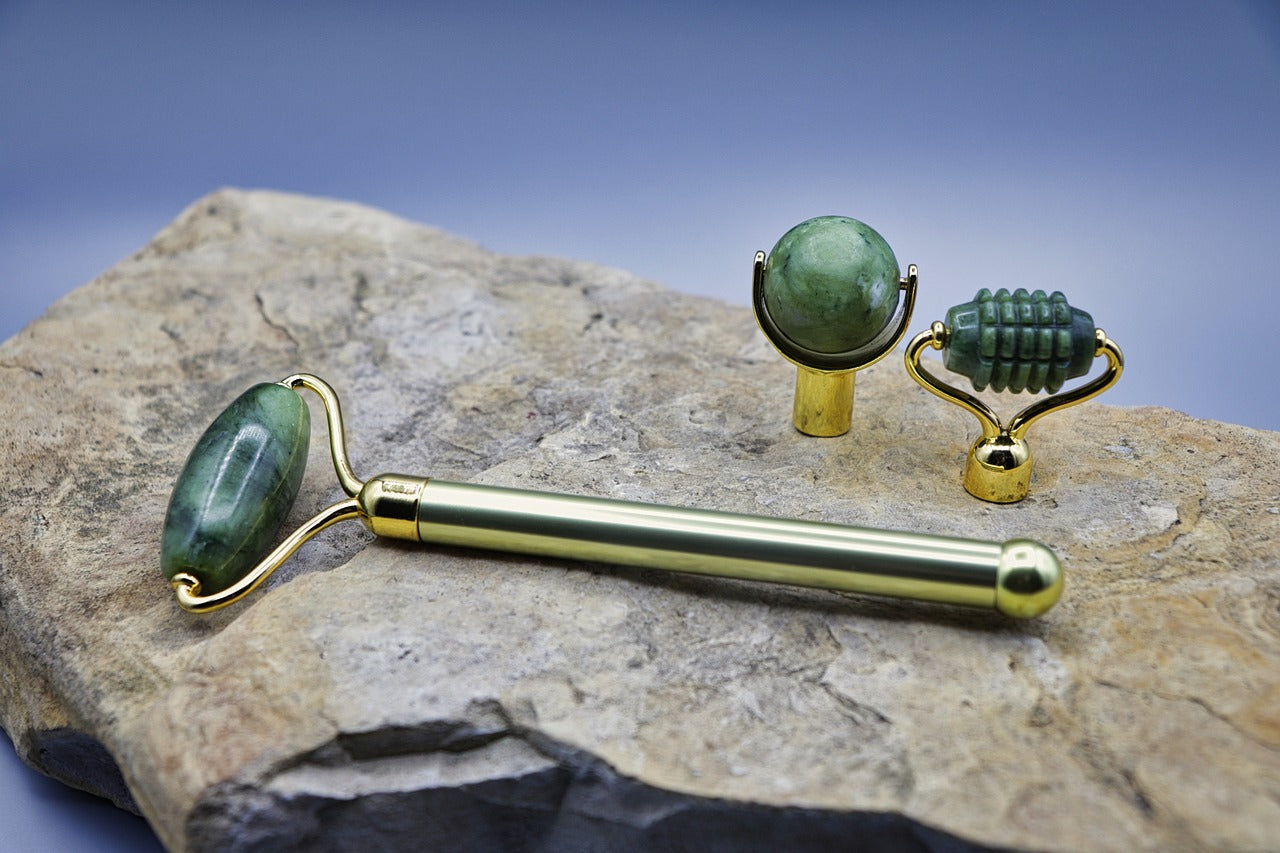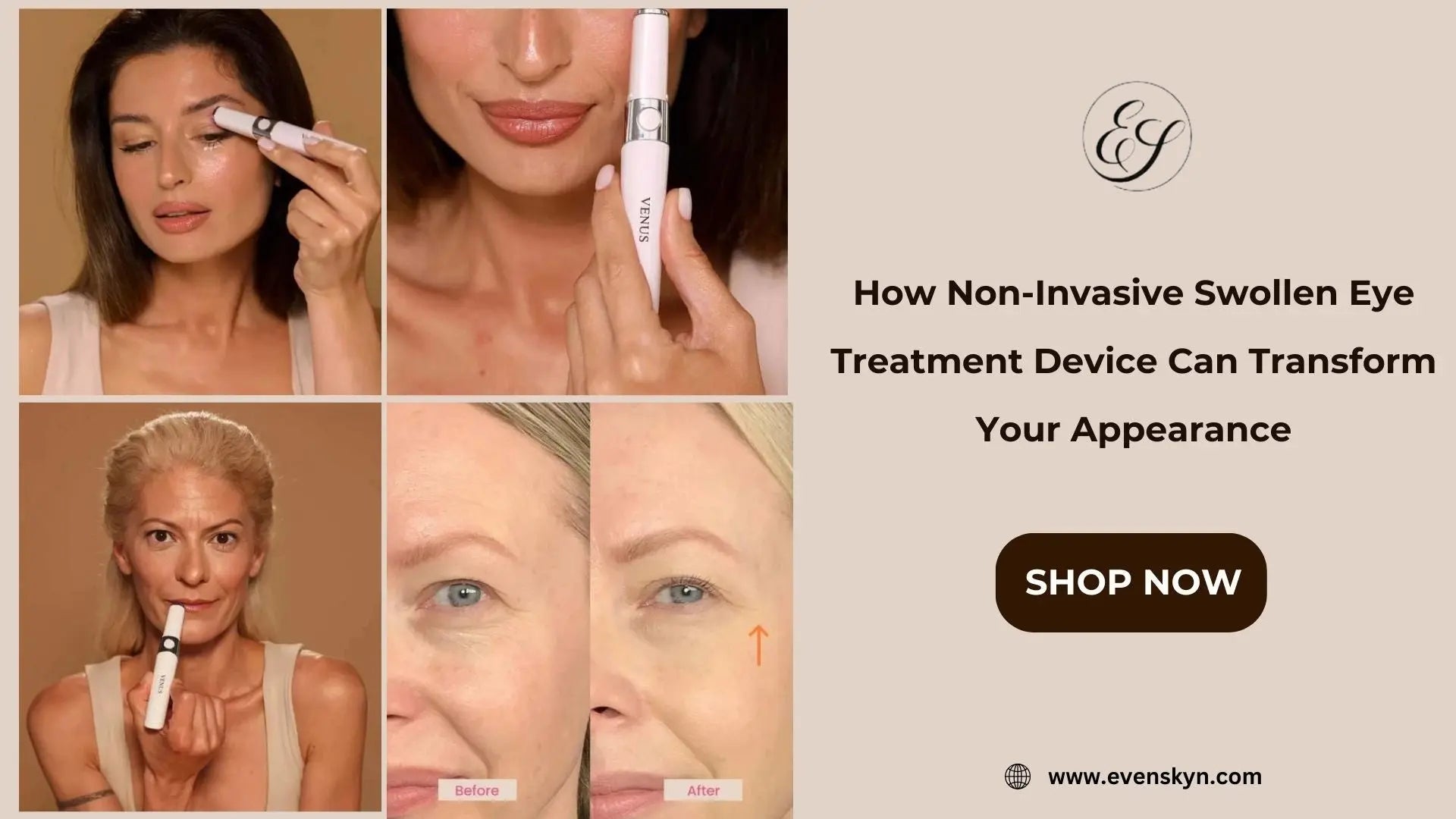The human body regenerates itself with new cells every day. New cells replace old cells to keep all the functions and organs in place. Another important mechanism related to regeneration is cell recycling. Autophagy is a mechanism of the body to recycle and reuse old parts of the damaged cells.
Each cell and tissue comprises different parts. Some parts are discarded, and some are recycled! With autophagy, the body disassembles the cells to eliminate the irreparably damaged parts. The salvageable parts are reused for various functions. We may say autophagy is the body's recycling and quality control department.
The process occurs naturally in the body, helping with maintenance and longevity. As we age, autophagy declines and may lead to a buildup of non-functioning cells. Keep reading as we discuss autophagy in skin aging and how to combat aging signs.
Understanding Autophagy Mechanism
The process of autophagy uses autophagy-related proteins (ATGs) to generate autophagosomes. These newly generated structures pick up the junk pieces from the cells and tissues.
Then, these pieces are delivered to lysosomes to break down the parts and digest as needed. After digesting and breaking down, lysosomes save the reusable parts of the cells, which are used to make new cells in the body.
A few significant reasons autophagy occurs are cell damage, lack of nutrition, and oxygen deprivation. Even after the cell is damaged, the body finds a way to use whatever is left and get rid of the waste. Thus ensuring the body is working at an optimal state and is less under the burden of constant cell regeneration.
This also works in favor of efficiently using all the resources and keeping the body in the best survival state. As mentioned earlier, autophagy is a natural process; however, it may slow down with aging.
A few methods to induce autophagy are to fast for some time, eat nutrient-dense food, restrict calorie consumption, and consume fewer carbohydrates in the diet.
What Role Does Autophagy Play in Skin Aging?
During autophagy, the skin cells are recycled the same way as other cells. This process saves any reusable parts of the cell and then uses these parts to regenerate new cells and tissues.
Autophagy successfully removes all the toxic cellular byproducts and remnants to ensure homeostasis in the body. This process may be kickstarted with oxidative stress in the skin, skin diseases, and other dysregulation.
Skin works as a first barrier to the outside world, absorbing pathogens, toxins, ultraviolet rays, and heat. Autophagy has a significant contribution to fighting immune-related skin diseases.
In such scenarios, autophagy triggers protective functions by removing pathogens using immune cells and keratinocytes. Many diseases like psoriasis, dermatitis, and alopecia areata may be treatable with autophagy modulators.
What does science say?
Keratinocytes comprise 90% of the epidermis, consisting of squamous cells. They reach the surface during differentiation becoming corneocytes and reaching the outermost skin layer. This recurring process protects the skin from water loss, wounds, and infections.
For instance, during the suprabasal keratinocyte autophagy process, the mitochondrial reactive oxygen in the epidermis releases directly into cells, leading to autophagy. In a small study, the keratinocyte growth factor(FGF7/KGF) was seen to trigger autophagy to support epidermal differentiation further.

This is done by removing nuclear energy from the cell during differentiation. Several autophagosomal proteins, including LC3 and ULK1 and the lysosomal protein LAMP2, made the nuclear irregular and malformed.
The Keratinocytes participating in the skin's immune response are comprised of T cells, mast cells, Langerhans cells, and macrophages. When the immune system is working, T cells, NK cells, and neutrophils are triggers for the suitable response. As several external and internal stressors act on the skin, autophagy is active in repairing and protecting the skin barrier.
Simply put, an inflammatory response during autophagy also helps clean any harmful agents in the skin. This response comes into play during wound healing as soon as epidermal injury occurs. Skin response includes fibroblast formation and collagen regeneration for healing; keratinocytes interact with fibroblasts.
With this, hemostasis, inflammation, proliferation, and remodeling occur in the skin. Lastly, autophagy supports wound healing and vascular endothelial growth factor (VEGF) via stem cells.
Red Light Therapy for Anti-Aging
Different light wavelengths impact human skin in different ways. As per research, LED light-induced autophagy in hippocampal neuron cells. Moreover, red light therapy at 635 nm triggers lipolysis and oxidizes fact in subcutaneous adipose tissue. In another research, red LED wavelength 550-670 nm accelerates skin healing.
The autophagy process increases the cell turnover. This is the exact mechanism that rejuvenates the dermal layers. Moreover, autophagy prevents muscle loss that often comes with aging. Red LED therapy may rejuvenate skin, support cell turnover, and heal wounds.
Scientific evidence
A study on human cells was conducted to learn about the impact of low-level red and infrared LEDs. The human skin tissue sample was irradiated daily with red (640 nm) and infrared (830 nm) LED lights. In addition, a combination of red/infrared LED lights at 0.3 J/cm2 (0.5 mW for 10 minutes) was used.
The expression of extracellular matrix(ECM) protein was measured in these cells to learn about genetic impact. Another ECM reading was calibrated using novel noninvasive fluorescence. As a result, this treatment increased collagen protein, elastin protein, and hyaluronic acid in the skin. A gene expression of HAS2 and ELN was observed in human fibroblasts in just three days.
A week later, the same sample had HAS2, ELN, and collagen types Col1A1 and Col1A3, demonstrating the effect of red LEDs on the skin. The scientist concluded low-level red and infrared LED therapy could be ideal for treating photoaged skin with wrinkles.
Choosing an at-home red LED therapy device
Red LED therapy can be done at home using masks and wands. With an at-home device, you'll no longer need to spend time at spas and clinics to get the same treatment benefits. We suggest using a professional-grade device like the EvenSkyn Mirage Pro LED Phototherapy Face Mask.
The mask comes with 204 LED units embedded in an adjustable mask. It also has eye protection to ensure safe use. Moreover, the mask has certifications like FDA, Health Canada, CE, RoHS, and ISO13485.

It's an easy-to-use mask with red, blue, and yellow LED therapy. Red light is for collagen production, blue targets acne-causing bacteria, and yellow light works on total facial rejuvenation. With 5-8 weeks of use, you may notice improvement in your skin.
Maintain consistency when using Mirage Pro, as the cellular results will not be overnight. Schedule to use it every week for three 25-minute sessions. Continue the therapy for four to eight weeks for best results. You may use the remote to choose one color or let the automatic mode cycle through all the lights for maximum benefits.
Wrapping Up
In conclusion, autophagy in skin aging implies the removal of the cell's aged components and recycling for other functions. It helps regulate skin homeostasis, color, and fibroblast generation for collagen in the skin. Therefore, supporting autophagy and fibroblast formation functions may help in anti-aging benefits for the skin.
One way to support collagen and elastin production in the facial skin is being consistent with Red LED therapy. It may help in quicker skin recovery and improve overall appearance. It's noteworthy how autophagy regulation therapies may be the future of anti-aging and fighting skin diseases. Red LED therapy and other skin care regimes may help with total rejuvenation.
References:
- Hyun Jee Kim, Jisoo Park, Sun Kyeon Kim. "Autophagy: Guardian of Skin Barrier." July 2022
- Mestrallet G, Rouas-Freiss N, LeMaoult J. "Skin Immunity and Tolerance: Focus on Epidermal Keratinocytes Expressing HLA-G." Front Immunol. December 2021
- Guillaume Mestrallet, Nathalie Rouas-Freiss. "Skin Immunity and Tolerance: Focus on Epidermal Keratinocytes Expressing HLA-G." December 2021
- Murase D, Kusaka-Kikushima A, Hachiya A, Fullenkamp R, Stepp A, Imai A, Ueno M, Kawabata K, Takahashi Y, Hase T, Ohuchi A, Nakamura S, Yoshimori T. "Autophagy Declines with Premature Skin Aging resulting in Dynamic Alterations in Skin Pigmentation and Epidermal Differentiation." Int J Mol Sci. 2020 Aug
- Deok Jeong, Nurinanda Prisky Qomaladewi, Jongsung Lee. "The Role of Autophagy in Skin Fibroblasts, Keratinocytes, Melanocytes, and Epidermal Stem Cells" September 2020
- Wesselborg S, Stork B. "Autophagy signal transduction by ATG proteins: from hierarchies to networks." Cell Mol Life Sci. December 2015
- Yang Y, Jia Y, Sun Q, Dong H, Zhao R. "White light emitting diodes induce autophagy in hippocampal neuron cells through GSK-3-mediated GR and RORα pathways." Aging (Albany, NY). March 2019
- Brian Kim, Abhirup Mukherjee. "Low-level red and infrared light increases expression of collagen, elastin, and hyaluronic acid in skin." October 2019
- Wunsch A, Matuschka K. "A controlled trial to determine the efficacy of red and near-infrared light treatment in patient satisfaction, reduction of fine lines, wrinkles, skin roughness, and intradermal collagen density increase." Photomed Laser Surg. Feb 2014










Leave a comment
All comments are moderated before being published.
This site is protected by hCaptcha and the hCaptcha Privacy Policy and Terms of Service apply.